




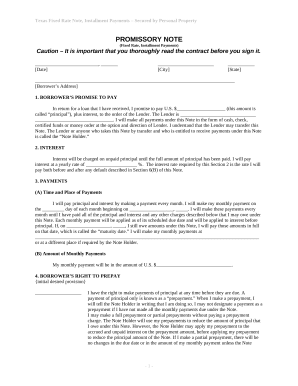
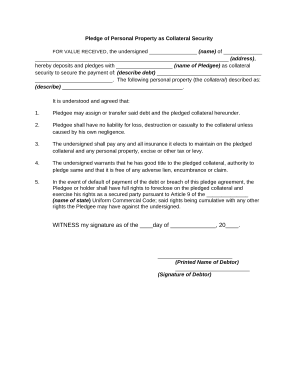
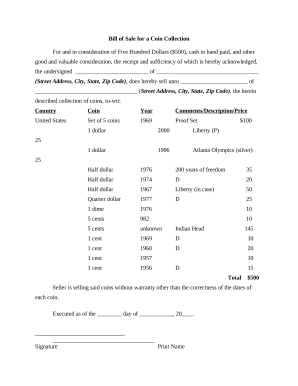


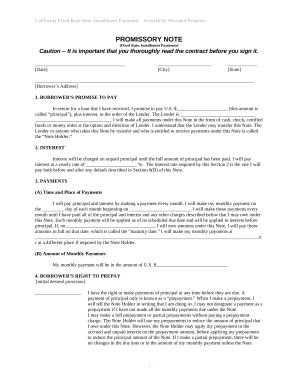


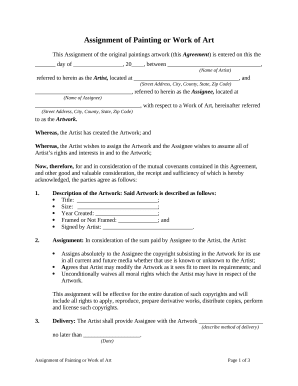

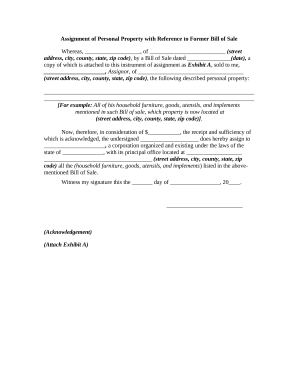
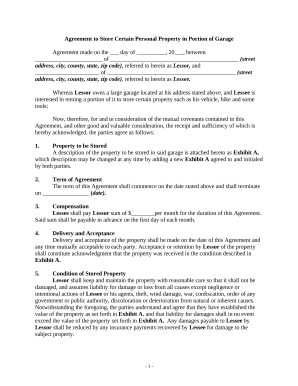
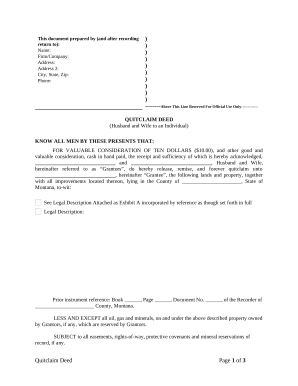

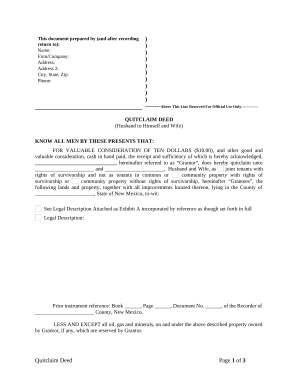
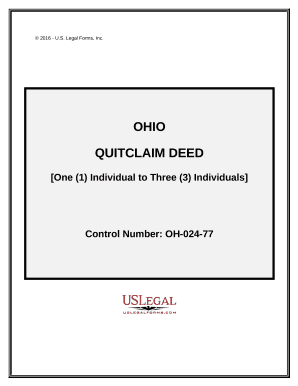
Document administration can overwhelm you when you can’t locate all of the documents you require. Luckily, with DocHub's considerable form library, you can discover everything you need and swiftly handle it without switching among applications. Get our Personal Property Forms and start utilizing them.
Using our Personal Property Forms using these basic steps:
Try out DocHub and browse our Personal Property Forms category easily. Get your free account today!